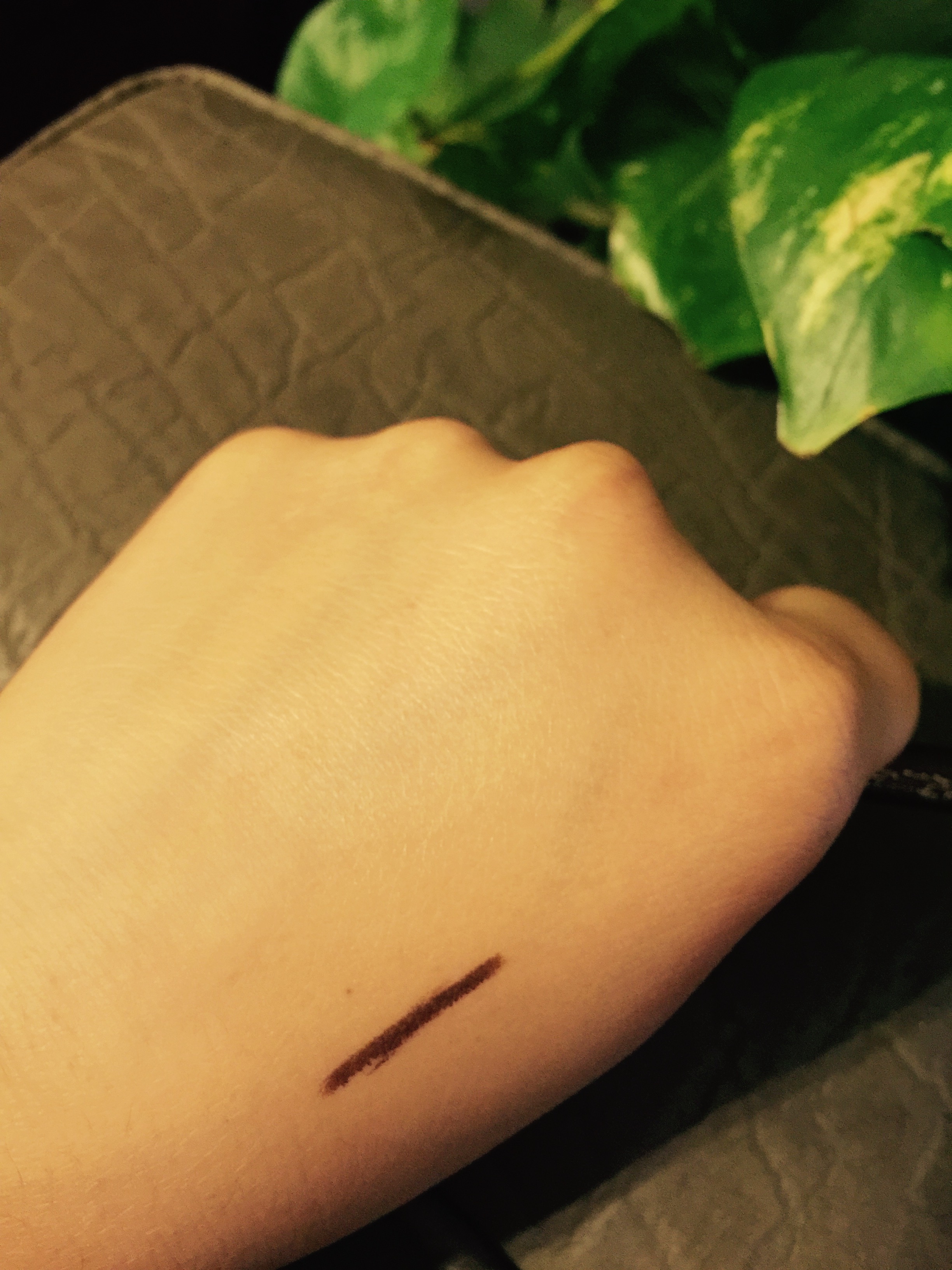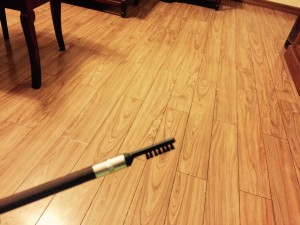Mua Eyebrow Pencil In Brunette

Brand Name: MUA
Finish: Creamy and smooth
Overall Rating: 4.8/5
Shade: Brunette
Packaging Highlights
- Pencil shaped packaging; nothing so fancy
- Dual ended with product on one side and bristles on the other to comb and shape the lashes
What I like about MUA EYEBROW PENCIL IN BRUNETTE?
- Smooth application
- Dreamily gives natural color to my black eyebrows
- Perfectly shaped bristles to groom eyebrows
- Seamless pencil formula to add definition to the brows
- Looks very natural
- Amazingly priced
What I don’t like about MUA EYEBROW PENCIL IN BRUNETTE?
- Sharpening pencils of any sort is a big turn off for me
Beware, If:
- You cannot handle eyebrow pencils
My thoughts on MUA EYEBROW PENCIL IN BRUNETTE
This eyebrow pencil is my favorite. Haven’t tried any high end brow pencil as yet but I don’t think I would even want to because this is just awesome. I have really thick and well-shaped eyebrows so I don’t have to do much to enhance them but I am pretty sure that this pencil stands equal to the really expensive high end brands out there. This is the pencil that fits perfectly to my eyebrow shaping necessities; natural and well-groomed. This does the job really well and for the price tag it comes with is truly a steal. Two thumbs up for it! Highly recommended!
You May Benefit From:
What is it made of?
Carnauba Wax, BeesWax, Ceresin, Cocoa Butter, Isopropyl Myristate, Diethylhexylcyclohexane, Castor Oil, Hydrogenated Palm Kernel Glycerides, Hydrogenated Palm Glycerides, Butylparaben, BHT, May Contain: CI 77019 Mica, CI 77492 Iron Oxides Yellow, CI 77491 Iron Oxide Red, CI 77499 Iron Oxides Black, CI 77891 Titanium Dioxide
Related Articles:
Makeup Forever Smoky Extravagant Mascara
Benefit Cosmetics Roller Lash Curling & Lifting Mascara
Anastasia Beverly Hills Clear Brow Gel
House Of Lashes Eyelash Adhesive Latex-Free
Essence Maximum Definition Volume Mascara
Clinique Lash Doubling Mascara
By : Natural Health News









